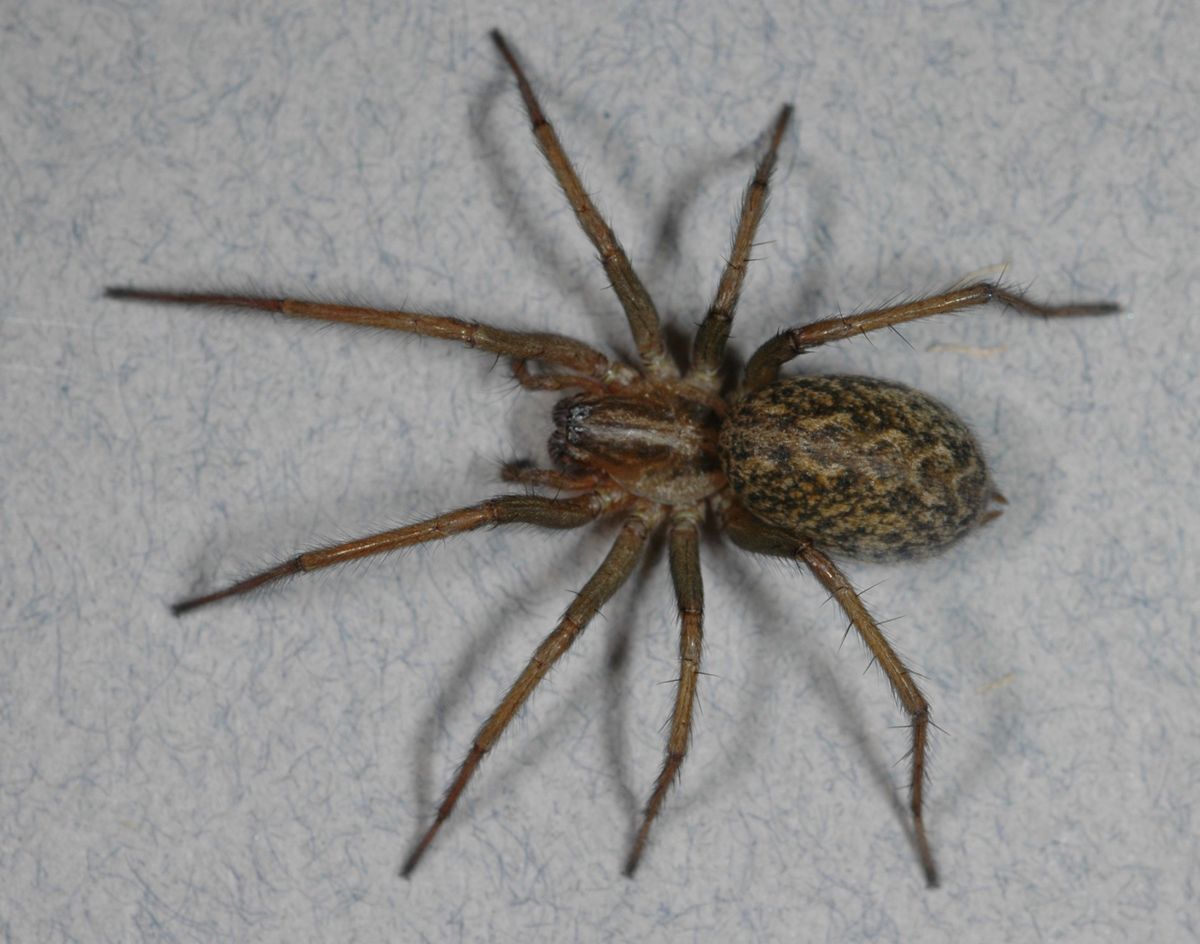


The fine structure of the palps is indeed one of the keys to identification, but to see how a hobo spider's palp differs from other male palps you need a microscope with at least 30x magnification.Īs with most spiders, a naked-eye view is simply not enough to identify a hobo spider. But that doesn't mean you can recognize the species that way everymale spider on earth has enlarged palps! Those are the male sex organs, and naturally, males all have them. What's more, it's not always present in hobo spiders - like other species, they are variable in color!Īgain, hobo spiders do make a funnel web, but that is a characteristic of the entire spider family Agelenidae, with numerous species even some non-agelenids make funnel-like webs so the funnel does not mean hobo spider.Īnd again, it's true that male hobo spiders have enlarged pedipalps. That is one of the commonest pattern types among spiders, and literally thousands of species have it. True, this species often has a pattern of chevrons on the abdomen, but they are worthless in identification. Real distribution in 2003 real bites do not occur outside pink area! Small dots are isolated populations. Hobo spider, Tegenaria (or Eratigena) agrestis. People will insist on finding a way (no matter how bogus) to "recognize" a spider by so-called markings. Myth: You can recognize the Hobo Spider by a chevron pattern on the abdomen, "boxing glove" shaped palps in front of the body, and funnel-shaped web.įact: This common idea is a misinterpretation of basically correct information found on the Internet about the hobo spider, a (possibly) medically important species of northwestern USA (see map, below) and Europe (and nowhere else).


 0 kommentar(er)
0 kommentar(er)
